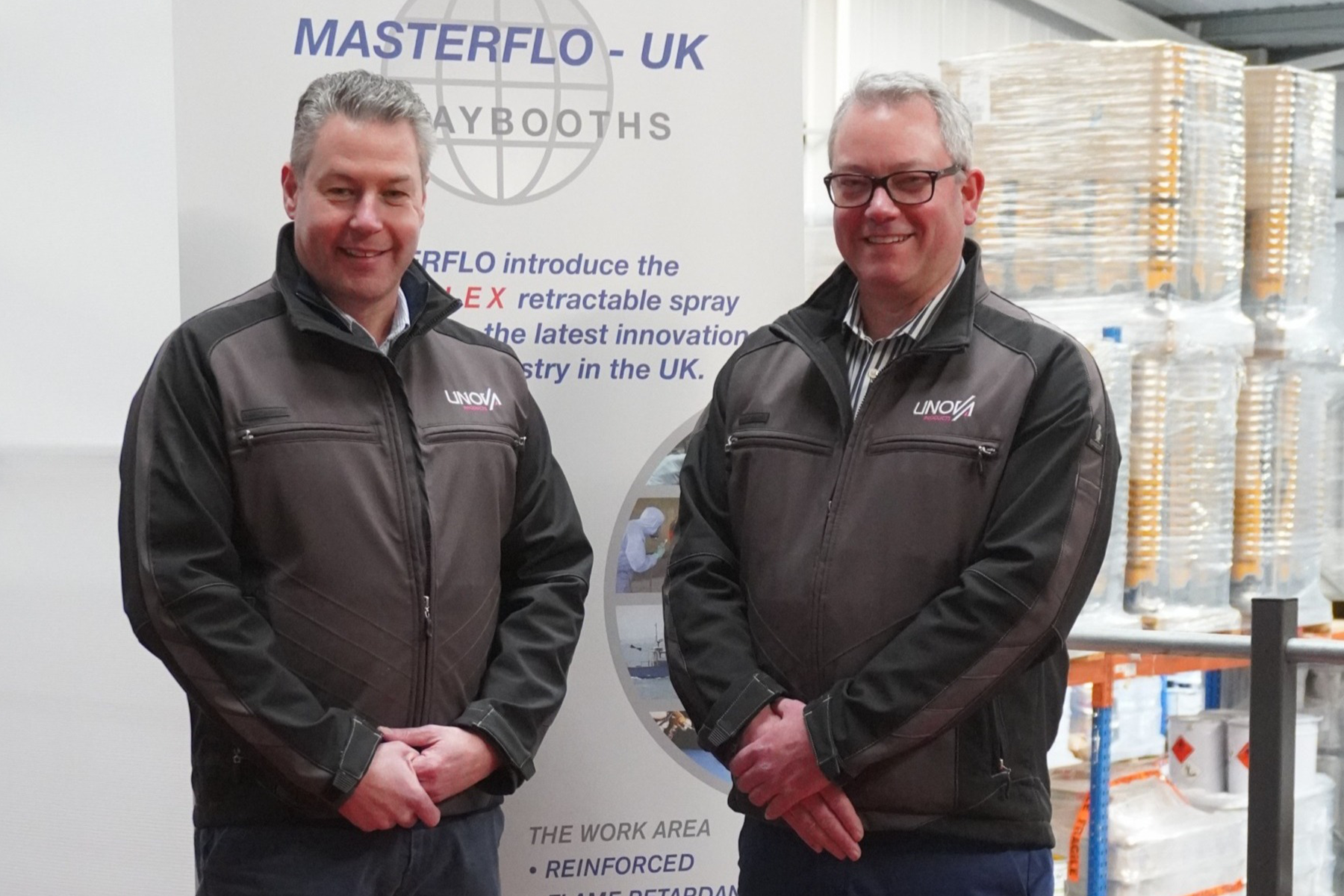Orange peel-like finish is one of the common problems encountered during airless spraying. The culprit for this textured, uneven appearance can be anything from excessive paint to the quick evaporation of solvent, improper application techniques or incorrect nozzle size.

In cases where a cosmetic correction is required, this can be corrected by sanding. However, doing this can sometimes lead to defects that might require complete repainting, resulting in significant loss of time and materials.
What causes orange peel?
The bumpy orange peel finish is often the result of insufficient break up or atomisation of the paint when spray painting. The finer the paint particles, the smoother the final finish.
So, how do you prevent an orange peel finish?
1. Ensure good atomisation
When using airless sprayers, increasing the pressure and adding a thinner to bring down the viscosity of the paint can help achieve good atomisation. However, it is important not to exceed the recommended amount either - to avoid a runny consistency.
2. Use the recommended tip size and replace worn tips
3. Avoid holding the gun too close to the surface
Holding the gun too close to the surface can cause material to be driven into the wet surface, creating a textured finish. Similarly, too far away from the surface can lead to rapid solvent evaporation, resulting in surface hardening of the film.
4. Adjust the hardener or thinner to room temperature
Depending on the application temperature/environmental conditions, choose a suitable hardener or catalyst.
5. Allow sufficient drying time for the base coats
Always remember to follow the technical data sheet for the recommended drying time of the base coats.
Have any other questions on orange peel or other paint failures? Please feel free to get in touch with our expert team.



